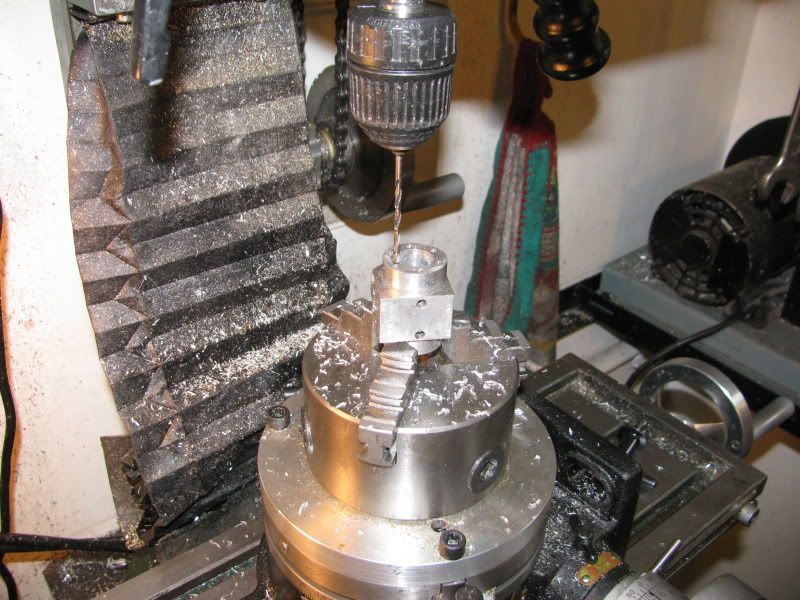As promised, here is a picture of my "drive dog" by itself.
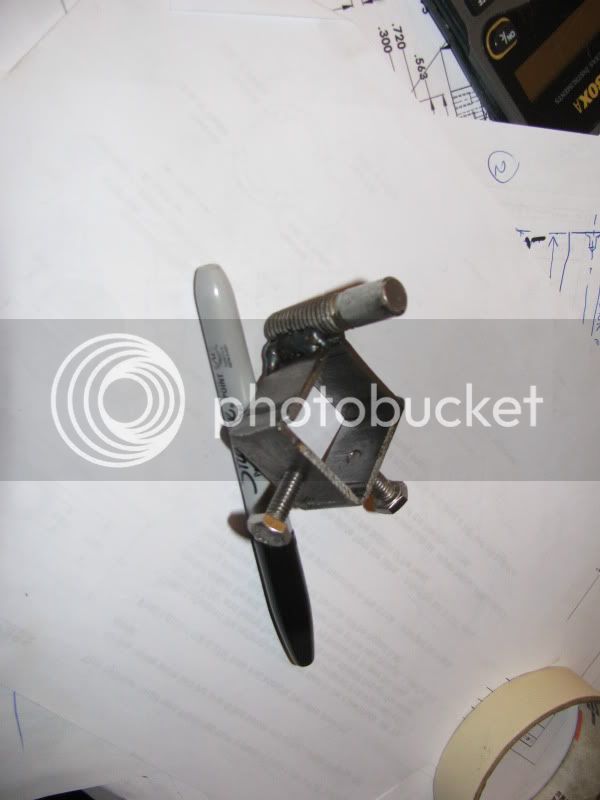



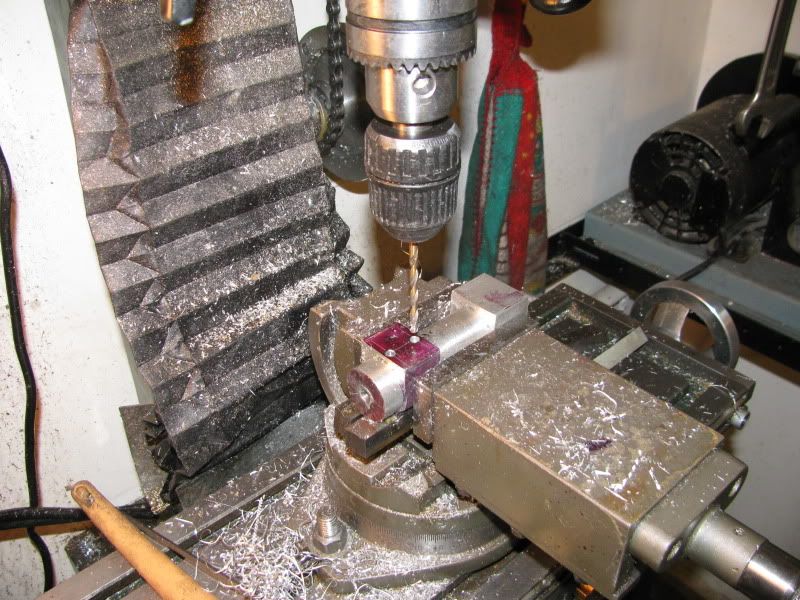
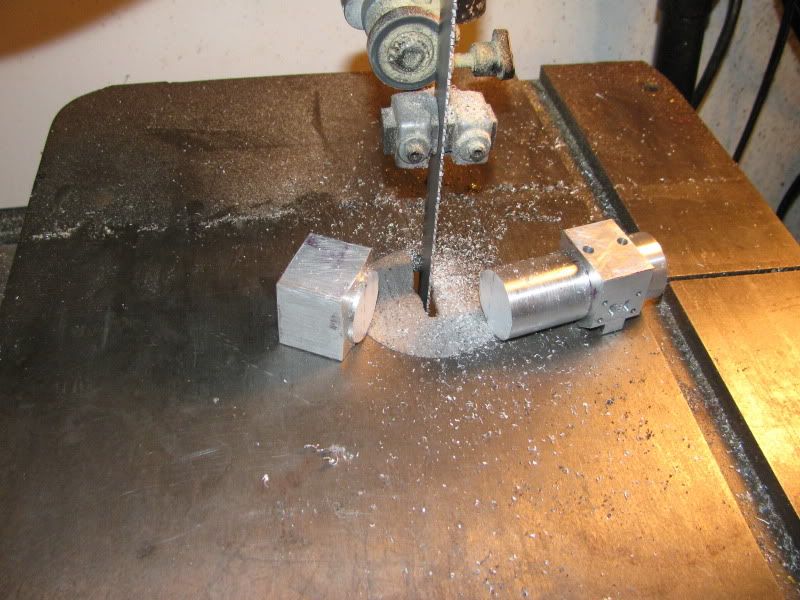
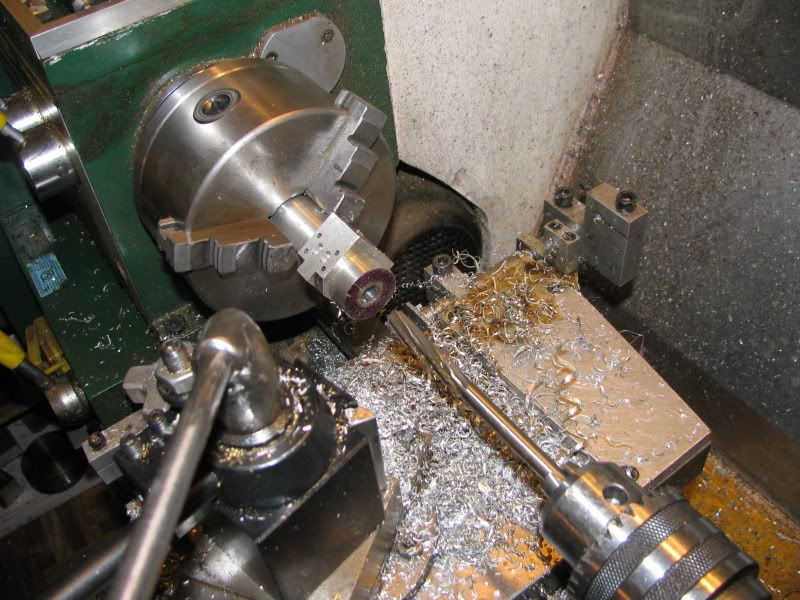
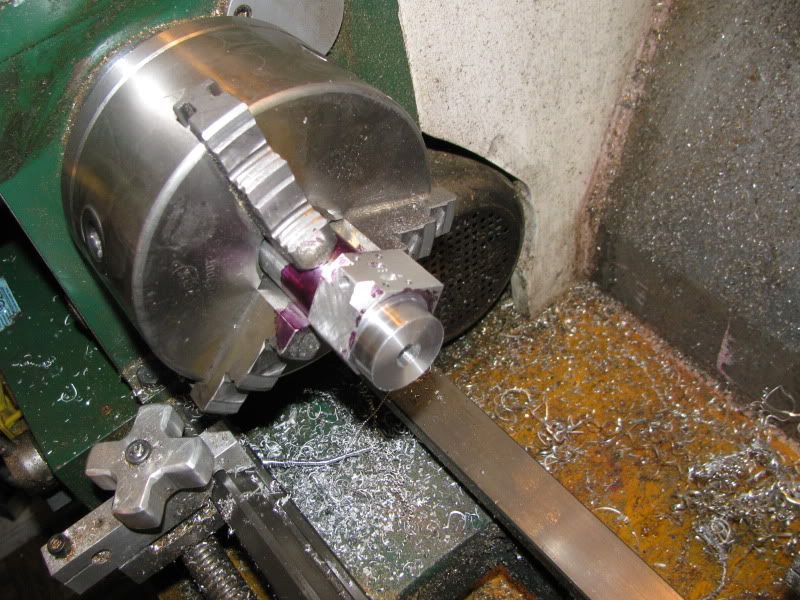



![DreamPlan Home Design and Landscaping Software Free for Windows [PC Download]](https://m.media-amazon.com/images/I/51kvZH2dVLL._SL500_.jpg)



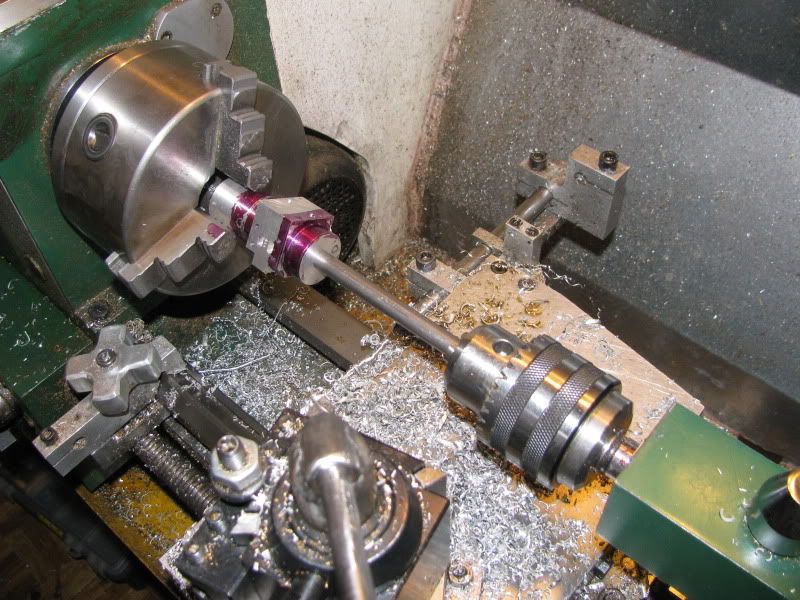
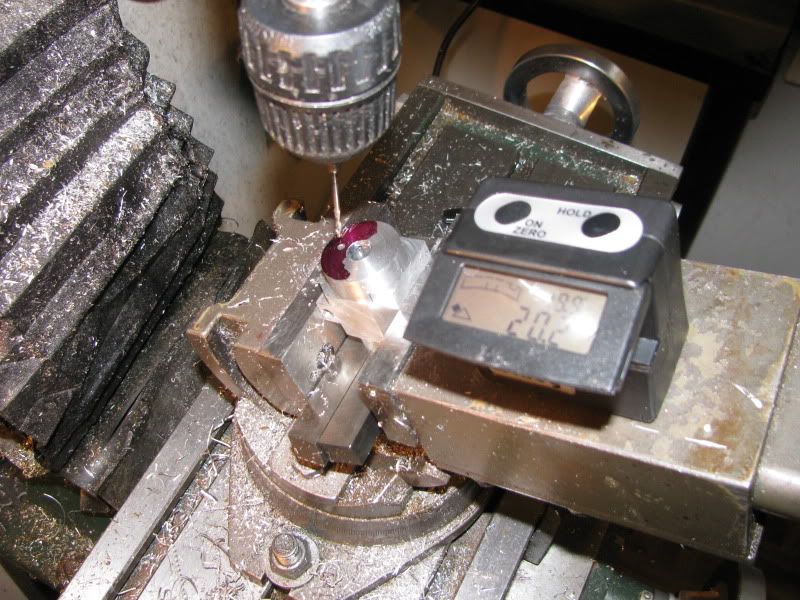
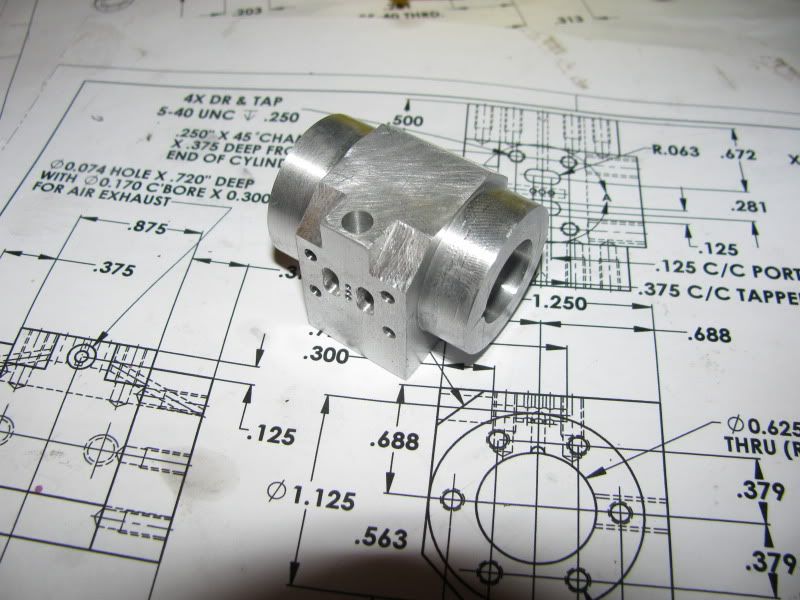
Take a closer look at the drawing I posted crab. The exhaust port is .074" dia. You are looking at a 0.170" dia. countebore which the exhaust stack sets into.crab said:Hi Brian,great work on the cylinder but can I ask why you have made the exhaust port so much smaller than the intake ports?Is this because it will never be ran on steam?Thanks,Crab
-i'm a real Wuss at using the 4 jaw!!!! I figured the few cents extra that I spent for material would far outway the frustration that I invariably experience when trying to set up that damned 4 jaw chuck!!!

